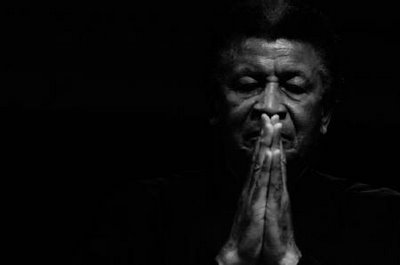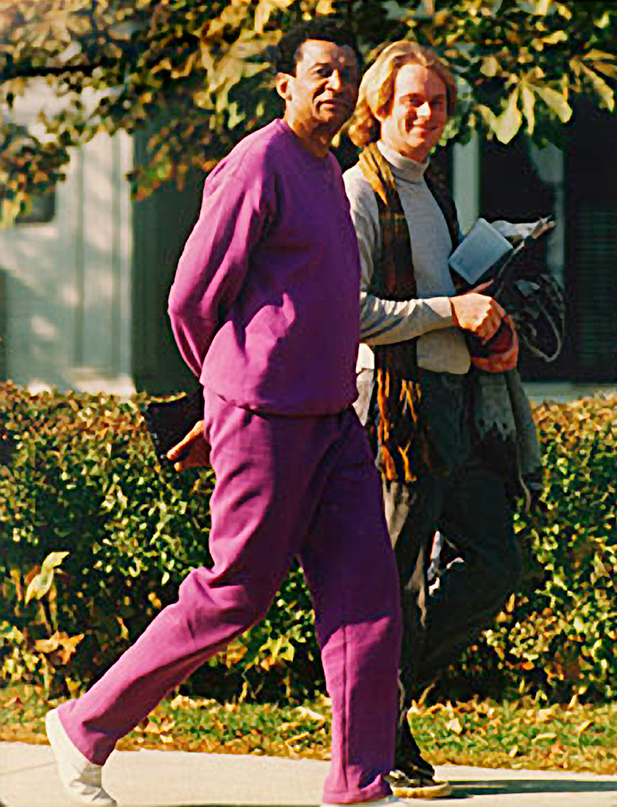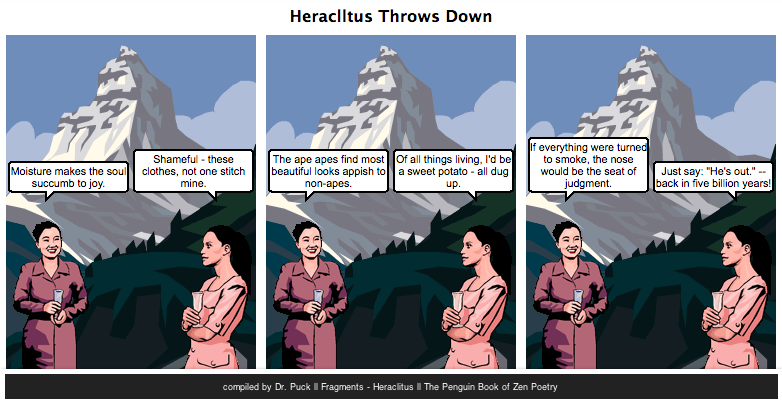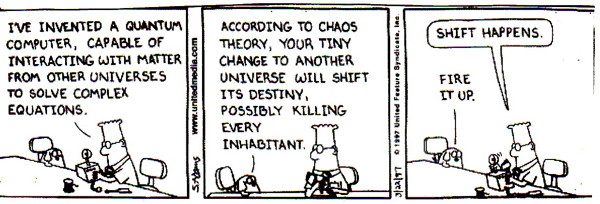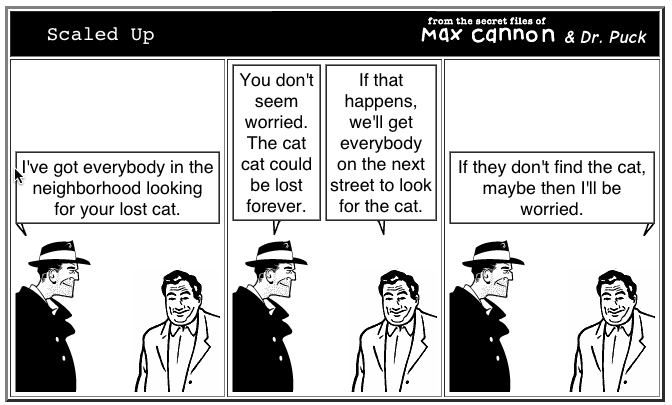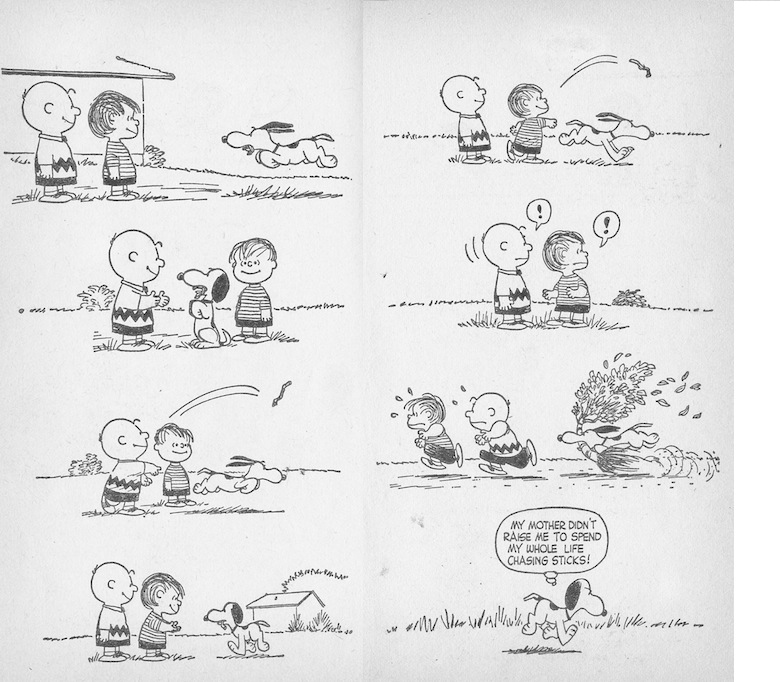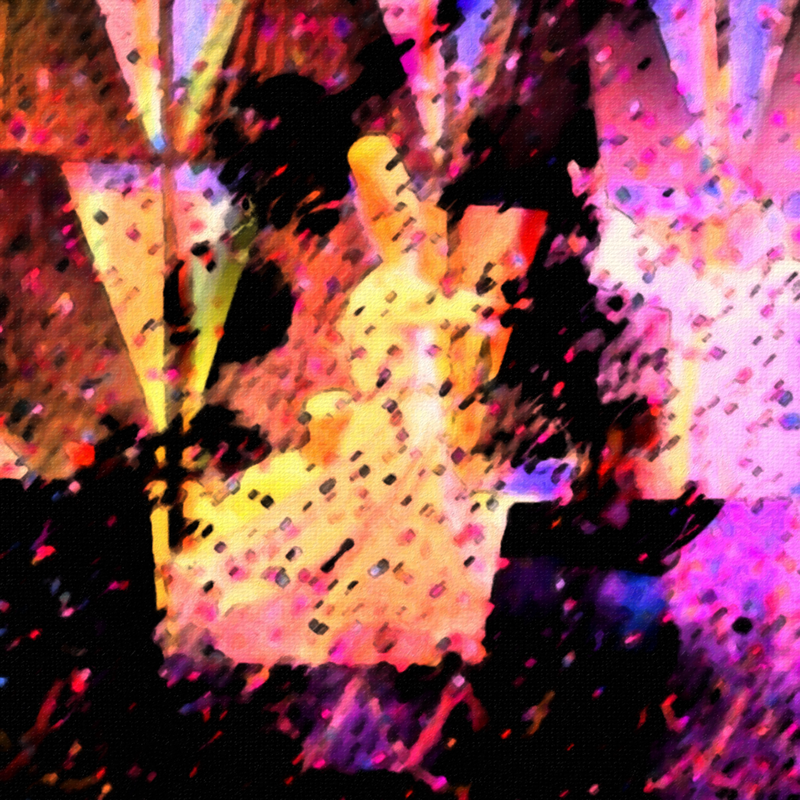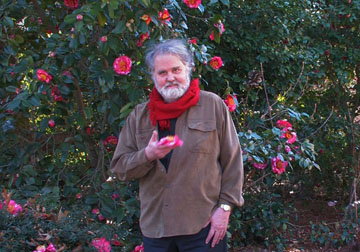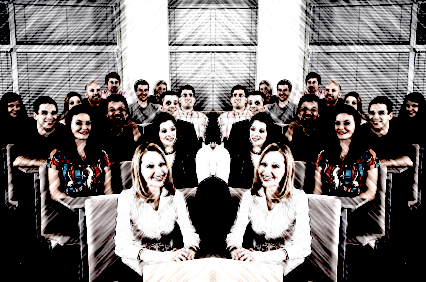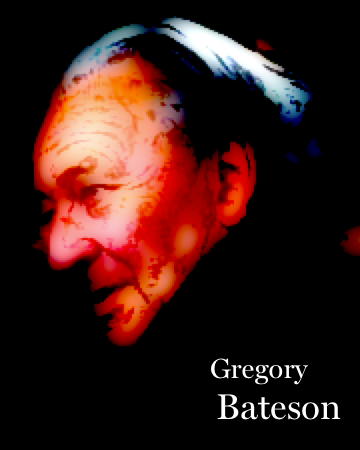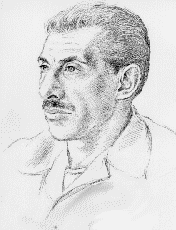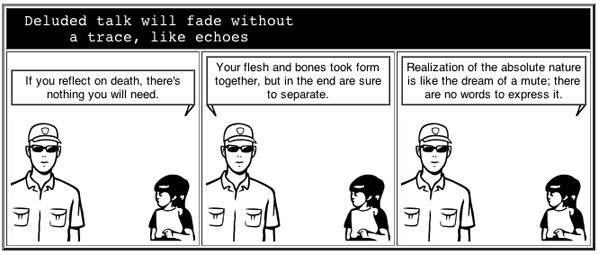My friend Abdullah Ibrahim turned 83 today. Of the many possibilities for experiential learning he served my way in the late eighties, the most essential was that the next breath possibly might turn out to be the last such breath.
Abdullah Ibrahim from Ian Henderson on Vimeo.
A man in prison is sent a prayer rug by his friend. What he had wanted, of course, was a file or a crowbar or a key! But he began using the rug, doing five-times prayer before dawn, at noon, mid-afternoon, after sunset, and before sleep. Bowing, sitting up, bowing again, he notices an odd pattern in the weave of the rug, just at the qibla, the point, where his head touches. He studies and meditates on that pattern, gradually discovering that it is a diagram of the lock that confines him in his cell and how it works. He’s able to escape. Anything you do every day can open into the deepest spiritual place, which is freedom.
— Coleman Barks, The Essential Rumi
Abdullah refashioned a teaching story and transmitted the best version. I’ve revised it a bit due to some additional understanding gained over the intervening years.
A hunter was in the jungle hunting when he heard in the distance a beautiful bird song. He slowly and quietly made his way to the song’s source. Standing in the brush near a tall tree he spotted a gorgeous bird singing a song the hunter was the most beautiful melody he’s ever heard a bird sing. He set a snare, and the next day came back and found the bird trapped. With a great deal of respect and care he brought the bird back with him to his country place.
The hunter outfitted a large cage and hung the cage with the bird in it in a sunlit corner with windows on both sides. The bird was quiet for many weeks after first being housed in the cage. However, eventually, the bird began piecing together bits of melodies. After beginning to do this, a few weeks later, the bird began singing the songs that had so captured the hunter’s attention in the jungle.
Yet, the songs seemed much sadder to the hunter than the original melodies. He reflected on this and decided the bird was lonely. So it was the hunter decided to return to the jungle and track down a bird like the bird in the cage, and bring it back as a companion.
The hunter returned to the same location in the jungle where he had first heard the marvelous bird songs. Not right away, but soon enough, the hunter one morning heard a similar song. He tracked the melody to another tall tree. From some nearby bushes he stood quietly observing the singing bird on a branch high up the tree. Then something shattering happened, mid song the bird fell out of the tree and landed with a soft thud in the undergrowth.
The hunter was shocked and dismayed as he made his way to the now still and silent bird. He gently picked it up. It was dead. The hunter was so moved and so deeply startled by this that, after burying the bird, he abandoned his search.
He returned to his farm. Walking into the room where the caged bird was singing, he sat on the shoulder of a couch next to the cage. To himself, the hunter recounted what had happened in the jungle. When he finished, the bird stopped singing. Then it fell off its perch to the floor of the cage. The hunter was instantly beside himself. He opened the door of the cage and picked up the still bird.
Then, as he was about to pronounce the bird dead, the bird instantly fluttered a second and then flew out of his hand and flew out an open window, and flew to a branch on a nearby tree, and, started singing a fresh and glorious song.
(The title of this story is: Thanks for the Message!)
Speaking of my current chapter as an artist, Abdullah Ibrahim’s influence on my creative mission is certain and very direct. Yes, for me, my art is about providing an opportunity for a small moment of positive feeling. I also have redeployed many times his self-evaluative question: What are your four highest art forms that you practice?
At 83, Abdullah Ibrahim, the ‘africanizer of Ellington,’ remains one of the masters of contemporary and ancient music. The tour video above from a few weeks ago speaks for itself. Ibrahim lives today with his honey in Switzerland.

